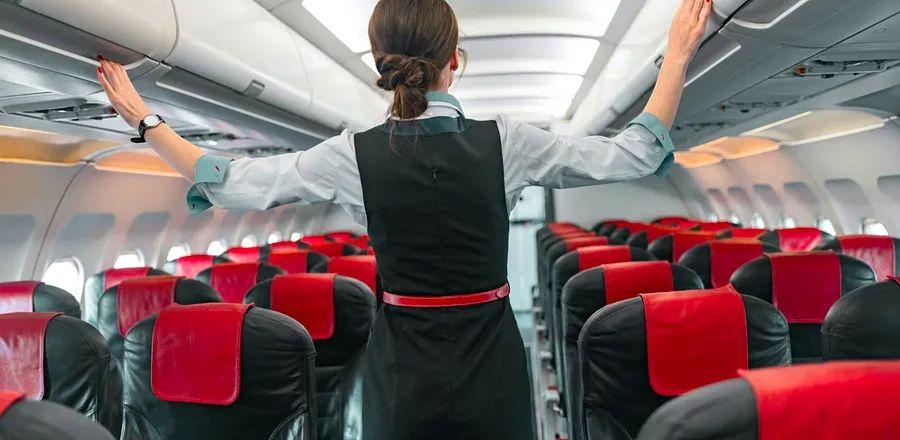Why Do Airplanes Dim Cabin Lights When Taking Off and Landing?

At times, air travel regulations can seem perplexing. Why are laptops required to be closed while tablets can stay open? Why must we switch our phones to airplane mode and what happens if we don’t? And why do we need to buckle up during taxiing at 5 miles per hour but not necessarily while soaring at 500 mph?
Here’s another air travel guideline that may appear arbitrary, yet like many others, it has a logical explanation: when a flight takes off or lands in the dark, the cabin lights must be dimmed. You might assume it would be more sensible to keep them on for better visibility inside the aircraft, but that’s not the case.
Understanding the rationale behind dimming cabin lights during takeoff and landing
Firstly, dim lights make it easier to see the illuminated emergency exit signs. Secondly, during takeoff and landing—critical phases of flight for safety—it's essential for passengers to be aware of their surroundings. A darker cabin facilitates this by allowing everyone’s eyes to adjust to the light, enabling them to see both inside the plane and outside. If the cabin is too bright, crew and passengers wouldn’t be able to see out the windows. (And if you’re curious about why window shades should remain open during takeoff and landing, we have that information too.)
“Adjusting your eyes beforehand helps prevent being momentarily blinded while rushing for the exits in darkness or smoke,” explains Patrick Smith, an airline pilot, travel blogger, and author of Ask the Pilot. “It also aids flight attendants in spotting external dangers, like fire or debris. Bright lights can create a glare that obstructs visibility outside.”
Ideally, the interior lighting of the aircraft should correspond with the outside conditions, as it takes time for our eyes to adapt to different light levels (similar to when you exit a dark cinema).
The significance of clear visibility outside the window
Being able to see outside clearly can be crucial during a flight. For instance, in a British Airways incident in 2013, the engine covers of a plane opened shortly after takeoff, and the crew was able to execute an emergency landing thanks to the visibility through the windows. In another case, a United Airlines passenger traveling from Newark to Venice noticed fuel leaking from the wing through the window.
Passengers also need to have a clear view inside the plane. The Flight Safety Foundation states that in the presence of smoke or fumes, passengers can lose as much as 83 percent of their ability to navigate, making it difficult to see exit signs immediately. This is why both the U.S. Federal Aviation Administration Code of Federal Regulations and the European Union Aviation Safety Agency mandate that an airplane’s exit-indicator path be sufficiently bright to be visible in darkness. Often, this floor-level lighting utilizes glow-in-the-dark technology derived from photoluminescent materials, ensuring functionality even if the aircraft’s power fails. Dimming the cabin lights during takeoff and landing enhances the ability to spot these indicators in case of an emergency.

1

2

3

4

5
Evaluation :
5/5